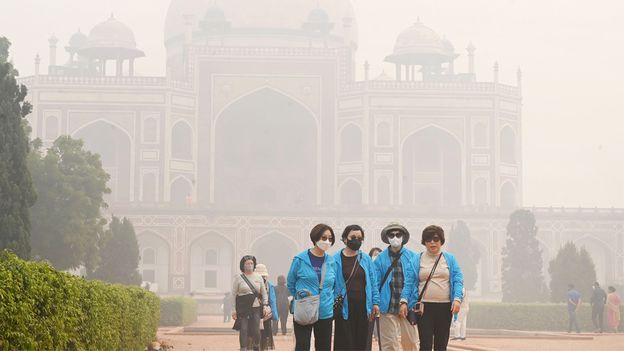
For many cities around the world, bad air is an inescapable part of life — and death
LA TimesCecep Supriyadi touches the net installed to trap dust particles from nearby factories and coal stockpile at an opening in their apartment in Jakarta, Indonesia, on Friday. “Air pollution has no boundaries, and it is high time everyone comes together to fight it,” said Bhavreen Kandhari, the co-founder of Warrior Moms in India, a network of mothers pushing for clean air and climate action in a nation with some of the world’s consistently worst air. “But it’s fairly typical for what millions and millions of people experience in other parts of the world.” Last year, nine of the 10 cities with the highest annual average of fine particulate matter were in Asia — including six in India, according to air quality company IQAir, which aggregates readings from ground level monitoring stations worldwide. Pollution levels dropped, but the city’s 9 million people — 22 million including suburbs — rarely see a day when air pollution levels are considered “acceptable.” Each year, air pollution is responsible for nearly 9,000 deaths in Mexico City, according to the National Institute of Public Health. Authorities haven’t released a full-year air quality report since 2020, but that year — not considered particularly bad for pollution, because the pandemic reduced traffic — Mexico City saw unacceptable air quality on 262 days, or 72% of the year.
History of this topic

Air pollution is a national problem. Can you live with it?
Live Mint
Sahara dust cloud sweeps UK as experts issue warning
The Independent
Air Quality Disparities Persist Despite Overall Gains
NPR
Sahara dust blankets Caribbean, air quality hazardous
Associated PressDiscover Related











)































)



